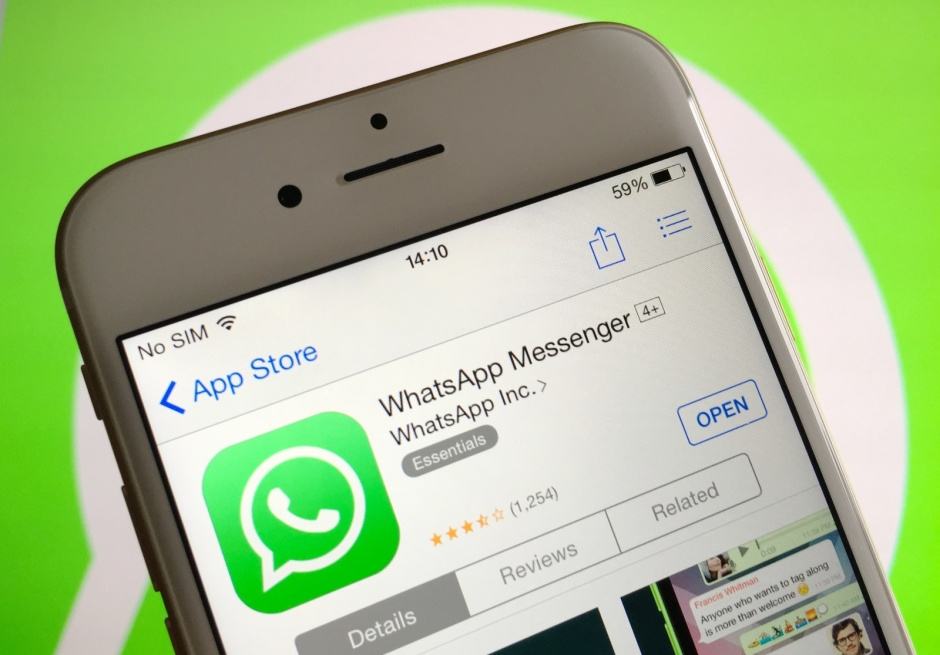WhatsApp’s Android code hints at upcoming browser app

“WhatsApp Web” could be coming to a browser near you. Photo: Killian Bell/Cult of Android
A long-awaited WhatsApp client for desktops could finally be on its way to your web browser. References to a “WhatsApp Web” app have been discovered inside an APK package for Android, less than a week after WhatsApp allegedly tried to poach a web developer from a rival messaging company.
We’ve long been hearing rumors about WhatsApp clients for other platforms, with users calling out for the ability to send and receive messages on computers and tablets — especially as cross-platform communication becomes an increasingly popular feature offered by WhatsApp competitors. But there’s been no real evidence of such functionality… until recently.
During an interview with TechCrunch earlier this week, Pavel Durov, the founder of WhatsApp rival Telegram, revealed his suspicions that WhatsApp was working on a web client after the company allegedly tried to hire Telegram’s web developer. After hearing this, Dutch website AndroidWorld went looking for clues inside the WhatsApp APK for Android.
Rather than using the WhatsApp package available through Google Play, AndroidWorld obtained the “beta” version from WhatsApp’s own website, which sometimes includes early versions of upcoming features. Within its code, they found several strings — which you can see below — referencing a “WhatsApp Web” client.

WhatsApp Web references discovered inside the Android APK. Image: AndroidWorld
AndroidWorld suggests the strings hint at a feature that could allows users to see when they last logged into WhatsApp via the web, however, it seems more likely to us that they will be used to tell users when their friends were last active via the web.
In addition, something seems to be happening behind the web.whatsapp.com URL. If you visit it, it will prompt you to login with your Google account, but nothing happens if you do — you simply get stuck in a loop. Nevertheless, it has been claimed and it’s definitely being used for something.
WhatsApp recently confirmed that its upcoming video calling feature, which was originally promised for the second quarter of this year, won’t be arriving until 2015 — so could it be that the company has been focusing its efforts on the web app instead? The feature seems almost inevitable at this point, so the only mystery that remains is when it will finally be arriving.


